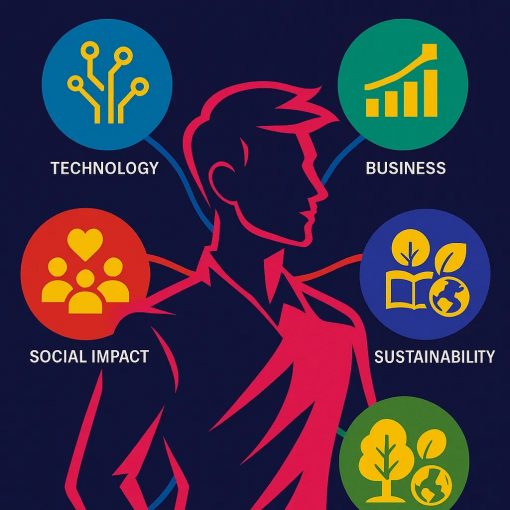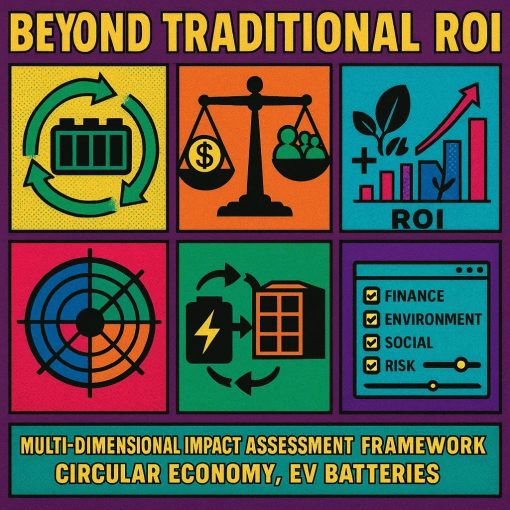Introduction:
The inspiration for this post is:
- How water shortages are brewing wars, https://www.bbc.com/future/article/20210816-how-water-shortages-are-brewing-wars.
- Future wars fight for water https://news.sky.com/story/future-wars-will-there-be-fights-over-water-12713674.
- How to profit from the world’s water crisis https://moneyweek.com/757/how-to-profit-from-the-worlds-water-crisis.
I will not discuss desalination technology as one of the solutions of many in this blog post (as various articles have examined them). I have chosen desalination; other articles have examined how its energy needs can be met by renewable energy. The focus of this post is the effect of the ecological by product of desalination.
Desalination plays a critical role in addressing water scarcity, particularly in arid regions. However, the disposal of heavy brine water generated as a byproduct of desalination processes poses environmental challenges when discharged into the sea. This article explores alternative, ecologically safe methods for managing heavy brine water, ensuring its responsible and sustainable treatment.
- The most obvious solution would to create industrial scale salt water refineries or solar evaporators and distil the water to it by products; water and salt\ minerals. The usual issue is the energy requirements but if the desalination plant is located in the desert, then the use of desert sand as thermal storage and solar evaporators are part of the solution. The main issue is what to do with the salt mountains and how it will disrupt the global salt market: https://www.skyquestt.com/report/salt-market, https://www.fortunebusinessinsights.com/salt-market-103011, worth $14 billion.
- Solar Evaporation Ponds: Solar evaporation ponds utilize the sun’s energy to evaporate water, leaving behind concentrated salts and minerals. This method requires carefully designed ponds with liners to prevent any groundwater contamination. The remaining salts can be further processed or stored in controlled facilities. Although this approach requires land availability and a favourable climate, it offers a natural and environmentally friendly means of brine disposal.Can we think of solutions at scale I am thinking megascale engineering https://en.wikipedia.org/wiki/Megascale_engineering
- Beneficial Use in Agriculture: Heavy brine water can be treated and repurposed for agricultural irrigation, thereby conserving freshwater resources. Advanced treatment technologies, such as membrane processes and reverse osmosis, can remove harmful contaminants from the brine, making it suitable for irrigation. Careful monitoring and management of the soil quality and crop tolerance are necessary to prevent any adverse effects.
- Industrial Applications: Certain industries require high concentrations of salts for their processes. Heavy brine water can find potential applications in industries such as chemical manufacturing, mining, or construction. By supplying the brine to these industries, it can be used as a valuable resource rather than being disposed of. Collaboration between desalination plants and relevant industries is crucial to ensure effective utilization while maintaining appropriate environmental safeguards.
- Zero Liquid Discharge (ZLD) Systems: Zero Liquid Discharge systems aim to eliminate any liquid discharge by maximizing water recovery and minimizing waste generation. In the context of desalination, ZLD systems can be employed to recover freshwater from brine through advanced treatment processes such as crystallization, precipitation, or electrodialysis. These methods separate the salts and minerals from the water, enabling both components to be reused or safely disposed of.
- Research and Innovation: Investing in research and development of alternative methods for heavy brine water disposal is crucial. Promoting technological advancements and innovation in desalination by incorporating more sustainable practices, such as forward osmosis or pressure-retarded osmosis, can lead to improved brine management and utilization.
Conclusion: Responsible management of heavy brine water generated from desalination is essential to protect marine ecosystems and ensure sustainable water resource utilization. By exploring alternative approaches such as beneficial agricultural use, industrial applications, solar evaporation ponds, zero liquid discharge systems, and research-driven innovation, we can move towards ecologically safe and sustainable solutions. Collaboration among stakeholders, including desalination plants, industry experts, and research institutions, is vital to developing and implementing these alternatives, ultimately fostering a more sustainable water future.
References and Links:
- Ghaffour, N., Missimer, T. M., & Amy, G. (2013). Technical review and evaluation of the economics of water desalination: Current and future challenges for better water supply sustainability. Desalination, 309, 197-207. [Link: https://doi.org/10.1016/j.desal.2012.07.009]
- Gude, V. G. (2016). Desalination and sustainability—An appraisal and current perspective. Water Resources and Industry, 15, 1-18. [Link: https://doi.org/10.1016/j.wri.2016.08.001]
- Elimelech, M., & Phillip, W. A. (2011). The future of seawater desalination: Energy, technology, and the environment. Science, 333(6043), 712-717. [Link: https://doi.org/10.1126/science.1200488]
- Khan, S. J., Ostarcevic, E., & Hoinkis, J. (2019). Zero liquid discharge desalination: A review. Desalination, 452, 68-78. [Link: https://doi.org/10.1016/j.desal.2018.12.006]
- Al-Mutaz, I. S., Ahmed, M., Al-Awadhi, F., & Afzal, M. T. (2017). Integrated management of desalination brine: A sustainable approach. Desalination and Water Treatment, 67, 305-316. [Link: https://doi.org/10.5004/dwt.2017.20830]
- Achilli, A., Cath, T. Y., & Childress, A. E. (2010). Selection of inorganic-based draw solutions for forward osmosis applications. Journal of Membrane Science, 364(1-2), 233-241. [Link: https://doi.org/10.1016/j.memsci.2010.08.031]
- Viswanathan, N., Khaydarov, R., & Orozalieva, A. (2020). Recent advances in forward osmosis for desalination and wastewater treatment: A review. Journal of Environmental Chemical Engineering, 8(4), 104343. [Link: https://doi.org/10.1016/j.jece.2020.104343]
- What is Water Distillation? https://www.wwdmag.com/editorial-topical/what-is-articles/article/10940138/what-is-water-distillation
- Highly efficient three-dimensional solar evaporator for high salinity desalination by localized crystallization https://www.nature.com/articles/s41467-020-14366-1
- Industrial Water Distillation Traditional, reliable and effective water purification using a heat source https://www.veoliawatertechnologies.co.uk/technologies/distillation
Note: Please be aware that some of the articles may require a subscription or purchase to access the full content.




One thought on “Sustainable Alternatives for Disposal of Heavy Brine Water from Desalination.”